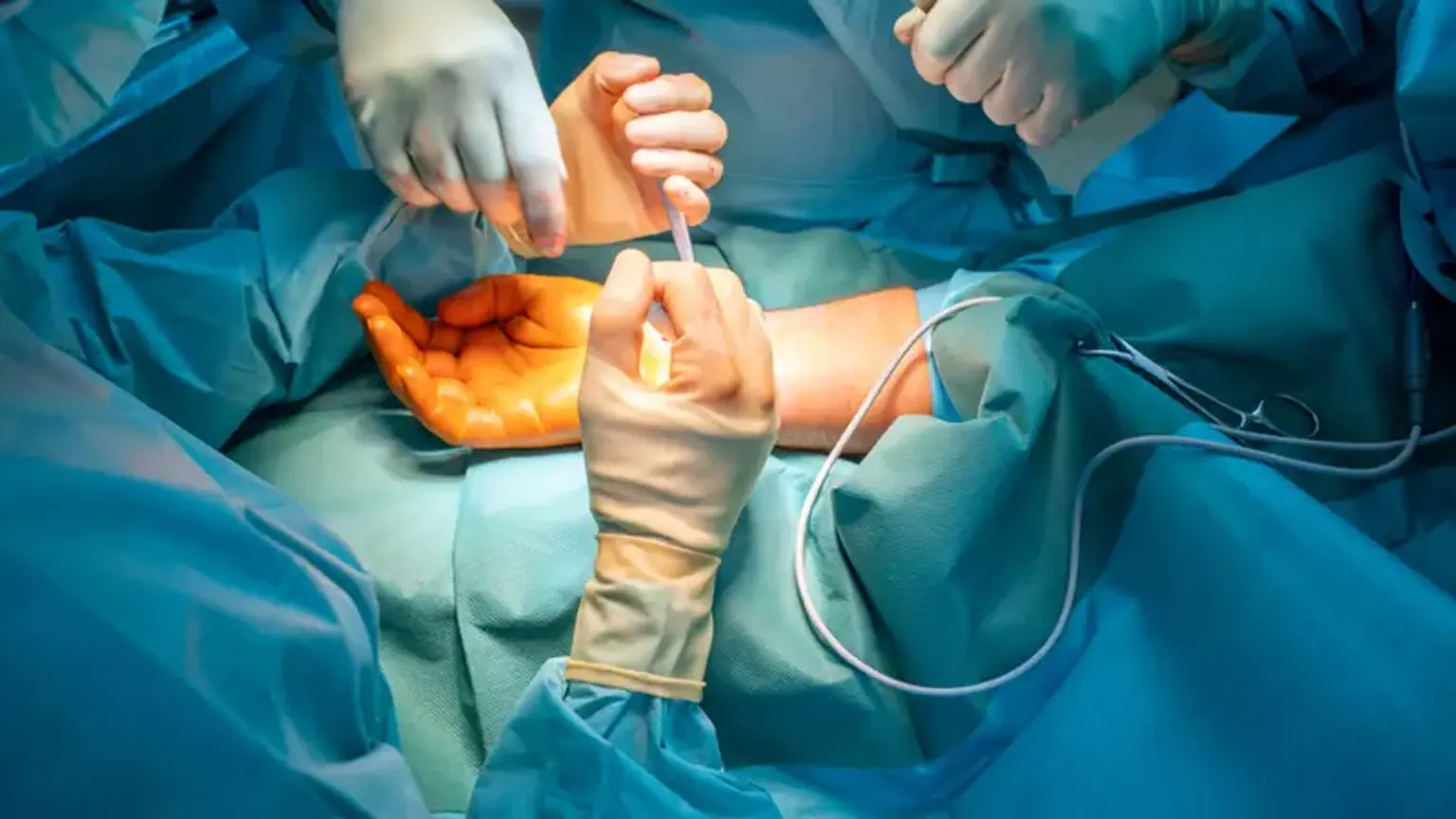Overview
As we age, our hands often betray the passage of time. The loss of firmness and plumpness can make them appear skeletal, with protruding veins and a thin, crepe-like texture. Sun exposure only exacerbates this, leading to the development of dark spots and uneven pigmentation.
For individuals seeking to rejuvenate their hands or address functional and aesthetic concerns, aesthetic hand surgery offers promising solutions. This highly specialized branch of surgery focuses on improving the appearance and function of the hands, addressing issues such as injuries, congenital deformities, or signs of aging.
Whether you want to restore your hands' youthful appearance or improve their functionality, the costs, benefits, and techniques of hand surgery vary widely depending on the procedure and location. This guide will break down everything you need to know about aesthetic hand surgery costs across countries and offer actionable insights to make informed decisions.
What Is Aesthetic Hand Surgery?
Aesthetic hand surgery encompasses a range of specialized procedures designed to improve both the appearance and functionality of the hands. These techniques combine reconstructive and cosmetic approaches to address issues caused by trauma, congenital abnormalities, age-related changes, or medical conditions. By focusing on both form and function, aesthetic hand surgery can restore youthful aesthetics while preserving or enhancing the hands' mobility and strength.
Some of the most common procedures in aesthetic hand surgery include hand rejuvenation, carpal tunnel release, tendon transfers, and microsurgical hand reattachment. These surgeries are tailored to address a variety of concerns, such as:
Aging hands: Loss of volume, wrinkles, thinning skin, and pigmentation issues that make hands appear older.
Injuries: Fractures, burns, tendon damage, or even the reattachment of severed fingers.
Congenital deformities: Conditions such as syndactyly (webbed fingers), missing or malformed fingers, or abnormal nerves and blood vessels.
Medical conditions: Disorders like rheumatoid arthritis and Dupuytren’s contracture that impair hand function, mobility, or cause visible deformities.
